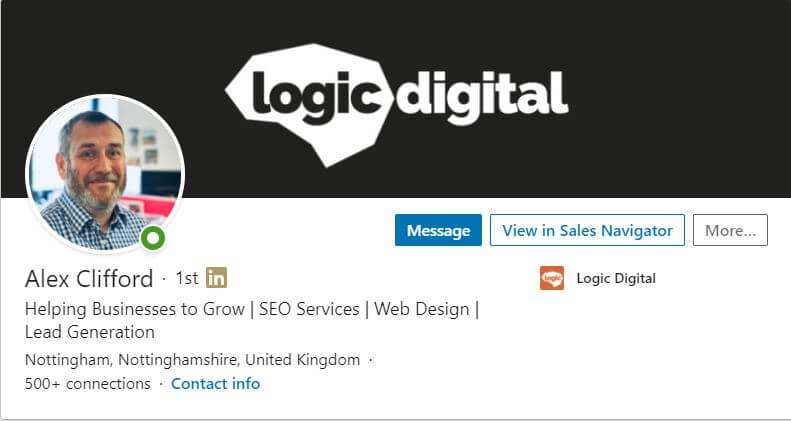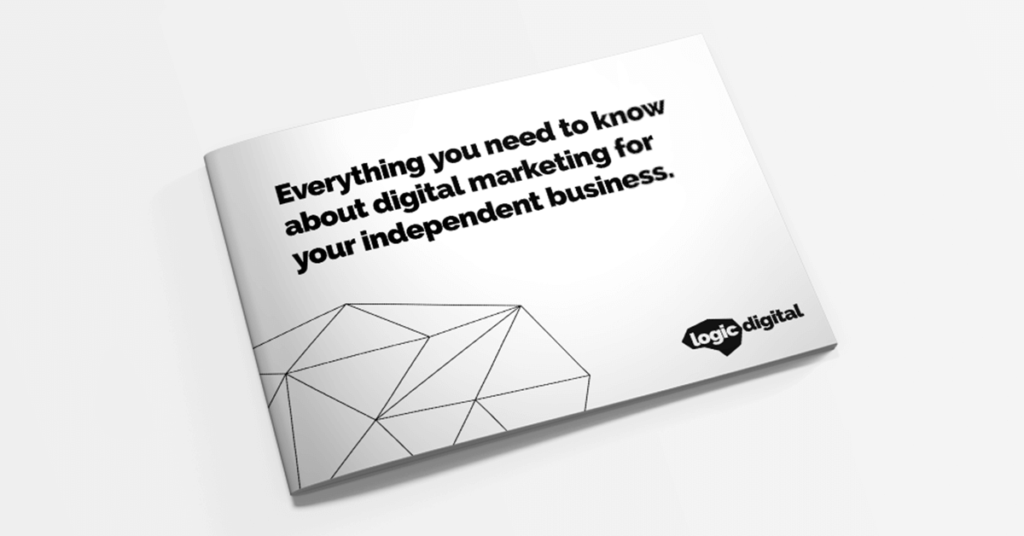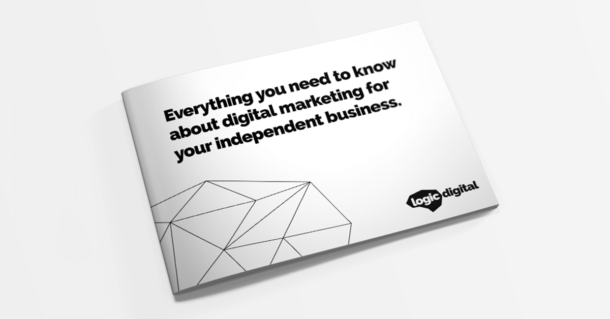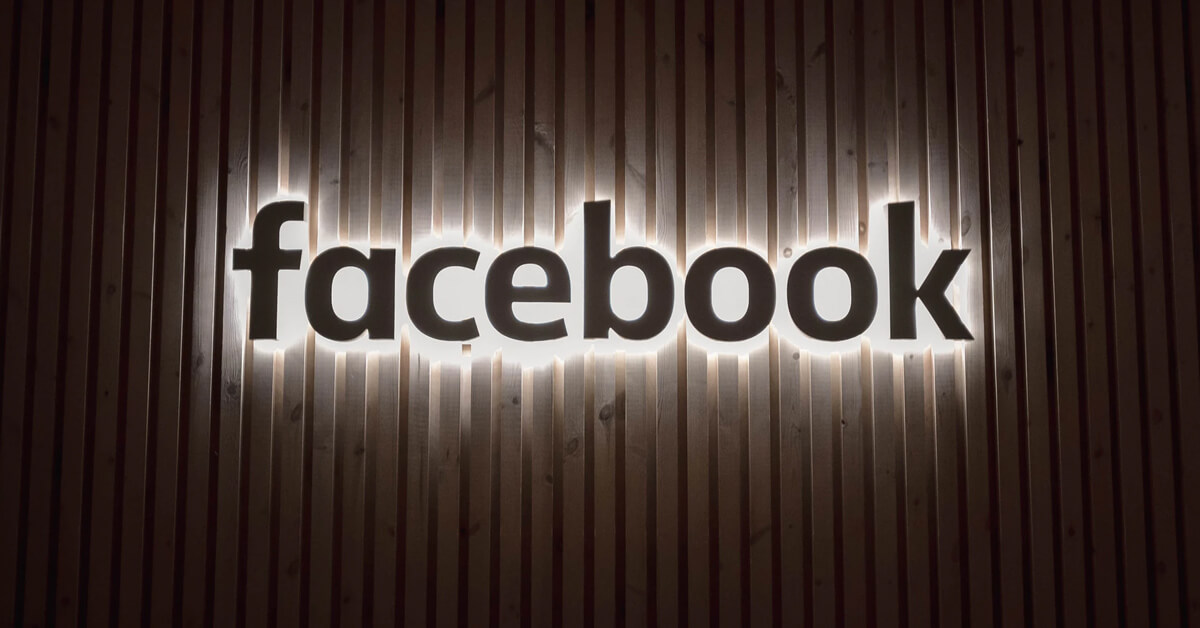Let’s be clear, LinkedIn isn’t intended to be a sales tool. However, if you’re good at sales, LinkedIn can be an incredibly effective channel to reach a wide audience and to find opportunities to start conversations with prospects.
LinkedIn is particularly effective for B2B sales since it gives brands a chance to highlight the people behind the business – along with what inspires and motivates them. Remember, people ultimately buy from people. In fact, 89% of B2B marketers use LinkedIn for lead generation and 62% say it produces leads for them.
If you’re considering using LinkedIn as part of your sales strategy, here are a few tips that we’ve picked up over the years.
1. Use your headline to convey your value
A common pitfall on LinkedIn is that most people use their profiles to talk about themselves and their achievements rather than highlighting the benefit of working with them.
Remember: LinkedIn is just as crowded as any other social media platform, so you need to help your audience out by telling them exactly why you’re a useful connection.
Take a look at the LinkedIn profile of Alex Clifford, CEO of Logic Digital. Notice how he highlights four key strengths at the top of his profile. This instantly grabs attention and communicates his expertise effectively.

“By strategically highlighting my key strengths at the top of my LinkedIn profile, I’ve managed to effectively capture the attention of the right audience. This approach has increased engagement and =opened doors to valuable connections, essentially helping my business grow”
Alex Clifford, CEO of Logic Digital
2. Use Boolean searches for enhanced results
There are definitely benefits to using one of the paid LinkedIn accounts including:
- Increased sending limits
- Additional insights
- More advanced targeting options
However, if you’re just starting out on LinkedIn you might want to get as much out of the free version as you can before you invest any money into it.
Boolean searches on LinkedIn are a great way to get around the limited filtering options on the free account when searching for potential connections. You can use quoted searches to look for users with an exact phrase in their profile, exclude certain results using the NOT feature and more.
Let’s say you’re looking for potential connections who are marketing professionals but want to exclude those who work in sales. You can use Boolean operators to refine your search.
Search query: “marketing” NOT “sales”
This search will display profiles that include the term “marketing” but exclude those that mention “sales”, helping you find more relevant connections within the limitations of the free account.
Tip: It’s important that you focus on connecting with people who are actually relevant to your business (as most LinkedIn profiles have connection lists where only 10% is the target audience!)
3. Give recommendations
Recommendations are an incredibly powerful factor when people are evaluating your profile – recommendations highlight what people loved about you, and reinforce your offerings, at the same time as providing a reference to the types of people you’ve worked with before.
If you have great recommendations from other product managers, the product manager looking at your profile will feel confident in your ability to work with someone in their role.
So how do you get recommendations?
We’ve found that actually being the first one to give them really helps. Once you’ve taken the time out to praise someone else’s work, they’ll be much more willing to do the same for you!
4. Be consistent with your content
Once your target audience has connected with you, they actually need to see some content from you. Quite often you’ll end up doing this as and when you have the time and energy but the best results come when you have a consistent presence in your audience’s feed.
If you know that you’re probably going to be short on time, you might want to look at scheduling your posts in advance using a tool like Hootsuite, Postfity or Buffer.
5. Tell people why your content is useful
If you were in a meeting with a prospect, you wouldn’t just throw a case study or article at them and expect them to understand why they should read it – you’d explain why it’s important and why it’s relevant.
The same is true on LinkedIn. Whenever you’re sharing a link or a resource, ensure you write about why your audience should read it and what they can expect to take away from it.
Contact our LinkedIn marketing agency for LinkedIn profile advice
Are you a business looking to maximise your B2B sales potential on LinkedIn?
Our LinkedIn marketing agency offers tailored solutions to increase your presence on the platform. Whether you’re seeking LinkedIn profile tips for increased engagement or strategising effective B2B sales tactics, our team of experts is here to help.
Contact us today for personalised guidance and transformative results.





